Featured Travel Articles
Three days in Vienna: a European capital full of treasures
We all have a good reason why we travel to a place, a village, a city or a capital. Maybe we are looking for sun, culture, amusement, mystery, peace or we do it by curiosity or to follow the crowd!
Some capitals will draw us back while others will let us indifferent. Vienna belongs to those kind of places one wants to revisit. I have been there three times in 20 years, the last time was for Easter 2010. No matter when you come, in the Spring time or for the Christmas markets, you will be amazed how much the city has to offer.
There so many museums, gardens, palaces and history to be discovered.
If you came to try out the food, you will be eating Wienerschnitzel, Goulash, Sachertorte, Apfelstrudeln and of course Kaiserschmarrn!
What do you think of when you hear the word Vienna?
For me, words such as Schönbrunn, Sissy, Donau, Blue Danube Waltz, Lippizaners and New Year’s concert, come to mind. If you have visited Vienna already once or are interested in history, you may know about the Habsburg Empire, Hundertwasser, St. Stephen’s Dom and much more.
Where is Vienna?
Located on the Danube, the 2nd river in Europe, Vienna is bordered by many other countries and is close to other European’s capitals: 49 miles/79 km to Bratislava, 150 miles/243 km to Budapest, 207 miles/334 km to Prag.
It is a short distance to the National park Neusiedlersee and to the Burgenland wine region. The Wiener forest (Wienerwald) also borders Vienna.
So what is there to know about the history of Vienna?
One knows Vienna already existed as a Celtic town around 800 to 400 B.C. It took a few centuries for the word Vienna to come. It means fair and is a female first name. The word WENIA was first seen in 881 in the Annals in Salzburg. The capital we know today was a fortress. Then in 1130 it was written WIENNE. One does not know for sure if it has Roman or Celtic origins.
During the Middle Ages Vienna became a duchy in 1156 until it became an arch-duchy until the end of WWI. The first university was created there by the Habsburg, by Rudolf IV also called the Founder.
Several plagues devastated the city. The first important one was in 1348.
The Turks arrived in Vienna in the 16th century. Kara Mustafa assailed and devastated the city in 1529. The Turks were finally pushed away on July 14th, 1683, during the Battle of Vienna.
Other plagues touched Vienna in the 17th (1679) and the 18th centuries like in 1714.
Jews were persecuted and had to leave town at the beginning of the 15th century.
The 18th century had the War of Austrian Succession (1740-48) and the Seven War (1756-63).
Vienna’s population kept increasing. From the end of the 18th century until Mid 19th, it had gone from 200,000 to 400,000 inhabitants. In 1890, 50 years later, it had again doubled in size, reaching 800,000!
German only became the official language in late 18th century in 1784.
Sissy of Bavaria became Empress in 1854 of the Austro Hungarian Empire. At that time Vienna was not yet the capital of Austria, but only in 1867. Construction of a canal on the Danube took place from 1870 to 1875.
Many composers came to Vienna or were from Vienna such as Amadeus Mozart, Ludwig von Beethoven, Joseph Haydn, Franz Schubert and Johann Strauss II.
Austria was annexed by Germany during the Second World War in 1938. Vienna was luckily never destroyed by allied bombing. Berlin was the capital of Austria until the end of the War. From 1939 until 1955, Eastern Vienna was under Soviet’s control.
Today Vienna has a population downtown of 1.7 Millions, making it the 7th biggest capital in Europe just after Warsaw.
Let’s see what we can do in Vienna in three days:
Day 1:
Start your sightseeing in the summer residence of the Habsburg in Schönbrunn. Built on the spot of the Neuburg monastery and later castle of Katterburg, it was supposed to resemble the Versailles Palace! It got its name “Schön Brunnen” from springs located on the premises; it means beautiful fountains. Maria Theresa and Marie Antoinette both lived in the palace. When Napoléon Bonapartre came to conquer Vienna in 1808/09, he moved into the Schönbrunn Palace.
If you are here for the first time, you may want to begin with a visit of the palace. Go as early as possible to avoid long queues. There are two tours you can take the Imperial and the Grand Tour. The palace with more than 1440 rooms is big but you will only see a maximum of 40 rooms depending on the tour you choose.
Then, head out straight up to the Gloriette for a coffee. You can sit inside or outside. The Gloriette (1775) is a building with many statues and sculptures built in the garden of Schönbrunn. As sitting on a hill, the view from there is amazing. You can have a view of the park, the Schönbrunn palace, the gardens, the fountains and observe the city and even see the St. Stephen’s cathedral.
Wander through the gardens and go to the Palmenhouse. You may be interested in the oldest zoo in Austria or go inside of the labyrinth.
Then, take a taxi and go have lunch at an easygoing beer garden such as “Wildsau” in Heuriger. It offers wines and biers from the region, nice salads and desserts. You can enjoy your lunch in or outside. If you have children, they can play in the garden.
Now let’s go to the 3rd district on the Landstrasse to the castle and gardens of the Belvédère. Built for Prince Eugene of Savoy, it has amazing fountains, flower parterres, topiaries, a botanical and alpine gardens and some great exhibits along the year. Paintings of Gustave Klimt are on display. Construction started just after Schönbrunn in 1697 and ended with the Upper Belvédère in 1722.
For the evening for dinner why not going up to Kahlenberg in the Wienerwald? Try arriving there before sunset. You can observe Vienna and see the lights of the city slowly turning on. Dining at the Kahlenberg restaurant is great.
Day 2:
So many churches are worth stopping to during your visit in Vienna, but you will not have time for them all. Here is one you should not miss. It is the Votive church, a Neo-Gothic building on Rooseveltplatz 8. I personally loved the stainglass windows.
Then, head downtown to the shopping district. On the way to the St. Stephen’s cathedral, you will pass by the Pestsälle in the Grabenstrasse, a pillar built in 1693 to remember the dead of the plague. In 1679 a plague killed many Viennese and the emperor promised to built a column if the plague ended.
The Dom is the most recognized building in Vienna and Austria. You will have to pay a fee if you want to visit some parts of the Gothic cathedral.
For a great view of the cathedral, take the lift up to the Haas café and relax for a while. The Haas house is also a hotel.
Now it’s time to go back out and discover more exciting Viennese sights like the Hofburg, the courthouse and opera. On the way you will go by the butterfly home and the Volksgarten.
The Hofburg was the palace of the emperor. There you can visit the famous Schatzkammer and see the imperial jewels. If you are interested in seeing the world known studs from Slovenia, the Lippizaners, check the dates for the shows in advance.
The opera was opened in Vienna in 1869 with an opera from Mozart, Don Giovanni.
Vienna is a well known city for music. The New Year’s concert at the Philharmonic each January is broadcasted in 72 countries. You are probably familiar with the music of the Strauss family and Johann’s famous waltz the “Blue Danube”(1867).
If you are hungry you can have lunch at the famous Café Landtmann. You can have cakes and coffee or lunch on the terasse or inside. Café Landtmann used to be Sigmund Freud’s favorite. It has an amazing selection of pastries.
Head out to the Donau island for a walk. You can reach it by car or public transportation. It is quite enjoyable late in the afternoon to see the sun setting down on the Danube river. Also you can see the Uno buildings.
Or you may want to go to the Prater, a large public garden and amusement park with the Giant Ferry’s wheel in the 2nd district. It used to be a hunting place before opening its doors to all of the population late 18th century.
Day 3:
You may want to visit at least one museum while in Vienna. I suggest the museum of Art History the Kunsthistorischesmuseum. You could easily spend 3 hours there, but after 2 hours you will probably feel tired. Keep some for next time!
If you want to relax a little, I suggest you going to Café Demel for coffee and pastry. There you can see how Sachertorte is made and try one for yourself.
Head out to the Hundertwasser house on Löwengasse. It is an apartment complex with interesting shapes and colors and two onion domes built by the expressionist artist of the same name in the 1980’s.
Don’t leave Vienna without visiting the beautiful church of St. Charles Borromeo built from 1716 -1737. Now you can admire the frescoes better than ever after renovation. When exiting, walk a few hundred meters to the subway Karlsplatz to see the Otto Wagner Pavillon in Art Nouveau.
If you have still some time before dinner or feel the strength to do anything, why not looking for some composers homes such as:
- Amadeus Wolfgang Mozart: Domgasse 5 and Rauhensteingasse 8
- Franz Schubert: Nussdorfstrasse 54
- Ludwig von Beethoven: Lazenskastrasse 285
- Joseph Haydn: Neumarkt 2
- Johann Strauss II: Praterstrasse 54
For dinner, I recommend heading to the chic district of Grizing (19th district). There is a good selection of restaurants. I tried the Biergarten/restaurant of Figls.
You may not have the time to do everything I suggested or have extra time. It depends how much time you will spend in each place observing, taking pictures and relaxing in between.
What about Viennese cuisine?
When eating out in Vienna you will really feel the influences from Hungary, Bohemia and Italy.
- Wiener Schnitzel: thin piece of veal fried with batter
- Tafelspitz: boiled tri-tip from beef (bottom piece of sirloin)
- Kaiserschmarrn a broken pancake served with a fruit compote (mixture)
- Goulash: spicy red meat stew with paprika served with potatoes and peppers
- Sachertorte: chocolate cake full of apricot jam with chocolate frosting
- Esterhazy torte: sponge cake with almonds and chocolate
- Palatschinken: pancakes similar to the crèpes, thin and served sweet or salty
I hope you will enjoy Vienna as much as I do each time. Happy Travels!
Where to eat?
Heurigenschenke zur Wildsau: Slatingasse 22, 1130 Vienna
Figls in Grinzing: Grinzingerstrasse 55, 1190 Vienna
Kahlenberg Terrasse: am Kahlenberg 2-3, 1190 Vienna

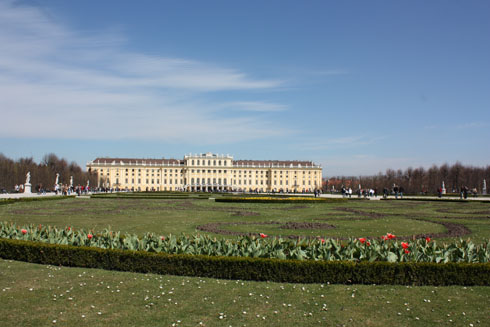
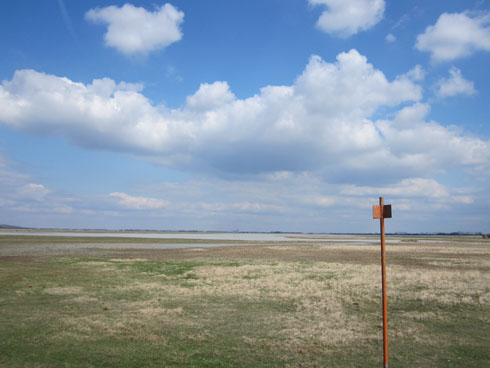
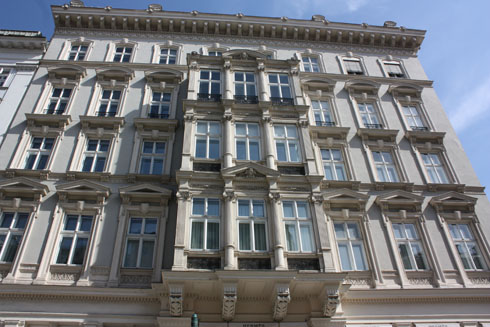
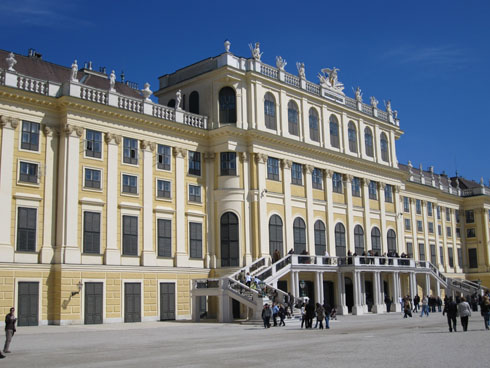
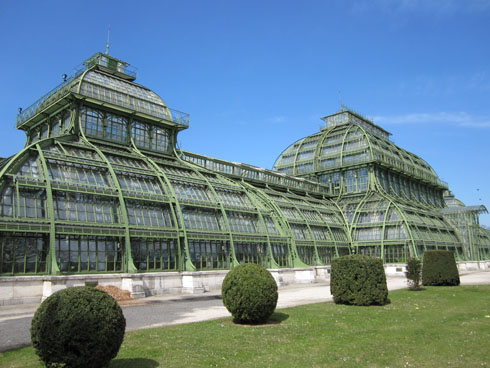
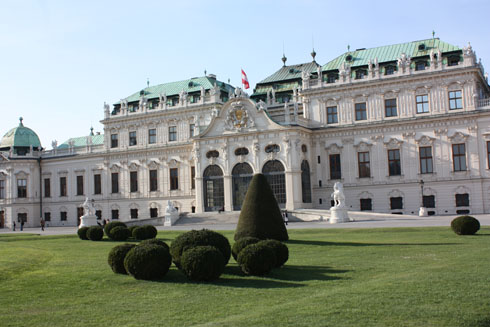
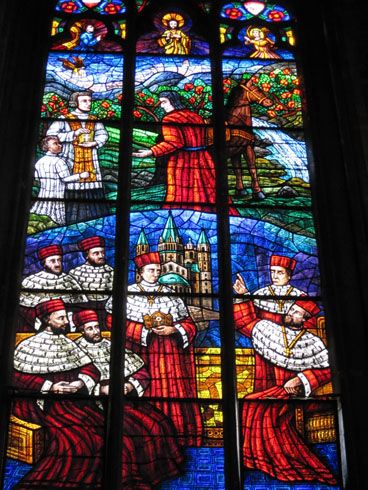
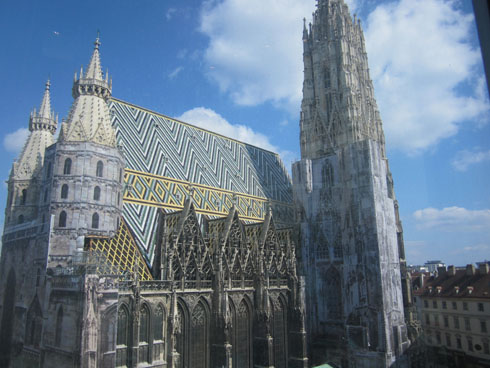
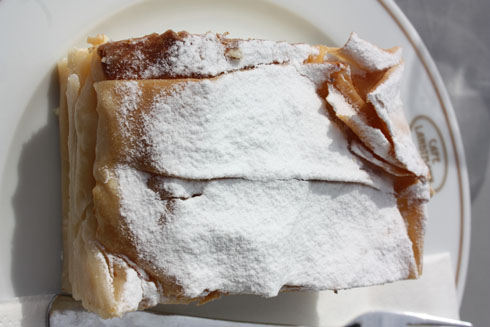
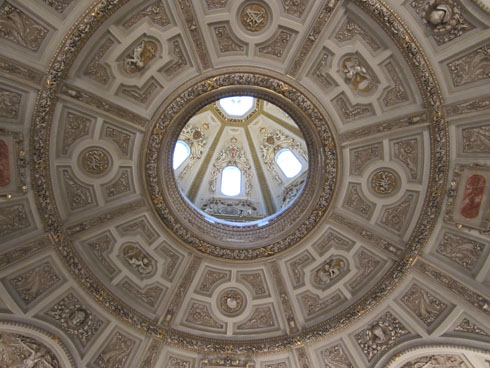
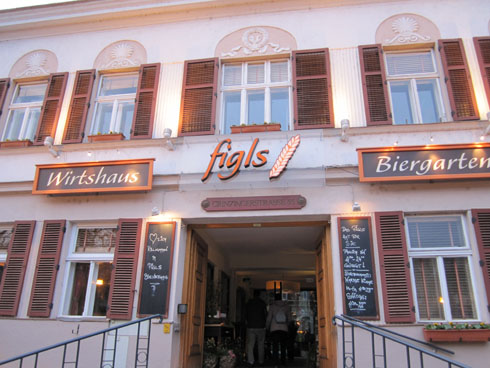
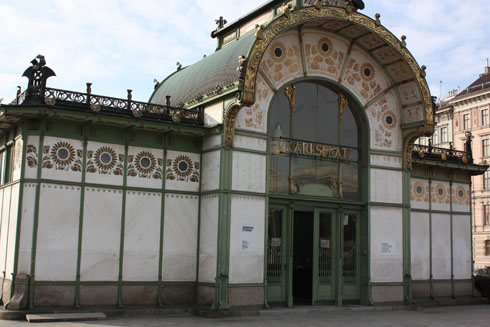
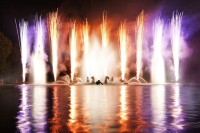
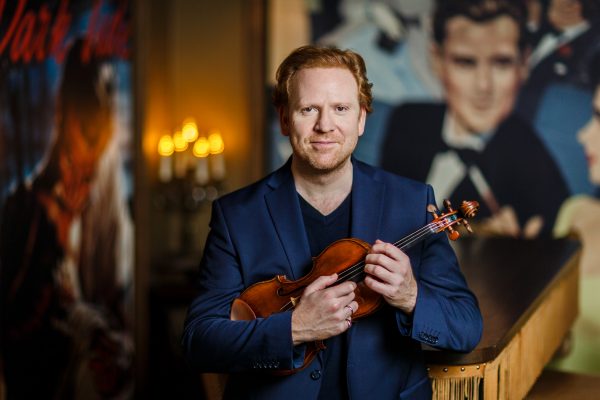
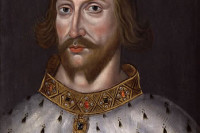
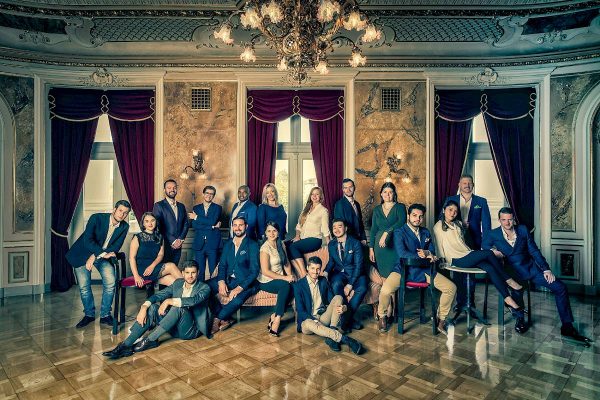
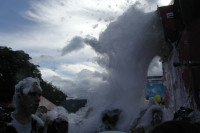
Interesting blog post.
Tks, printing this and taking with me to Vienna!
I hope it will help. Have a great trip to Vienna!